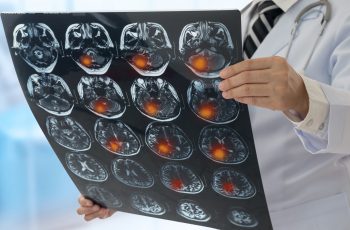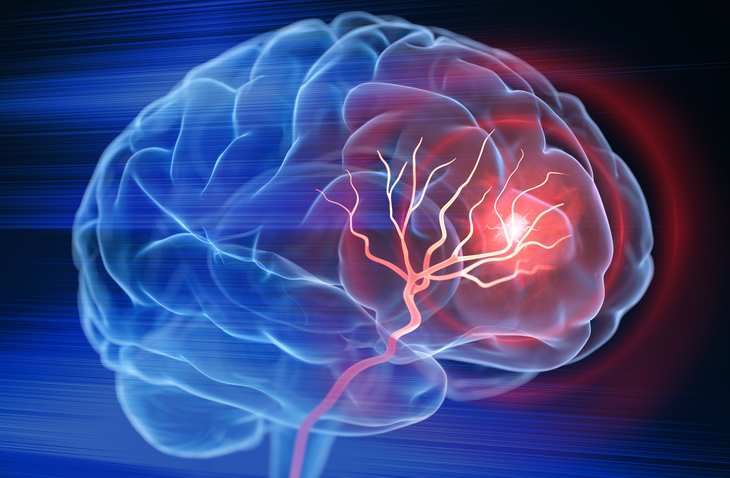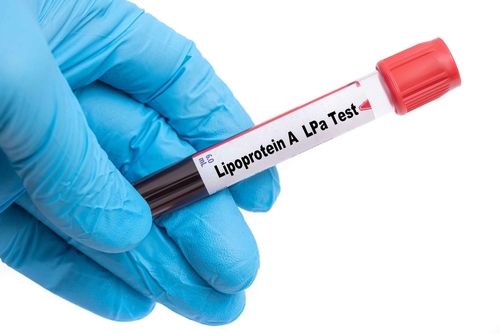
Clinical and imaging biomarkers in patients with acute ischemic stroke were associated with recanalization, results from a new cohort study suggested.
The authors, publishing in JAMA, conducted a multicenter, prospective cohort study of 575 patients from five countries who had acute ischemic stroke and intracranial arterial occlusion demonstrated by computed tomography angiography (CTA). Patients were treated with intravenous alteplase, and the primary study endpoint was recanalization on repeat CTA or on first angiographic acquisition of affected intracranial circulation within 6 hours of baseline CTA. Median time from patient last known well to baseline CTA was 114 minutes.
This cohort study examines baseline clinical and biochemical variables, intracranial thrombus characteristics, and stroke workflow interval times associated with clot recanalization among patients with ischemic stroke treated with intravenous alteplase. https://t.co/GIbv8GxrM7 pic.twitter.com/hLxZN0RuW6
— JAMA (@JAMA_current) September 12, 2018
According to the study results, 275 of the patients received alteplase only, 195 received alteplase plus endovascular thrombectomy, and 57 received conservative treatment. The unadjusted overall rate of recanalization was 27.3% (157 out of 575), with 30.4% among patients who had received alteplase and 13.3% in those who had not (17.1% difference; 95% CI, 10.2% to 25.8%). Time from treatment start to recanalization assessment, more distal thrombus location, and higher residual flow were all found to be associated with recanalization in patients receiving intravenous alteplase.
“In patients with acute ischemic stroke, more distal thrombus location, greater thrombus permeability, and longer time to recanalization assessment were associated with recanalization of arterial occlusion after administration of intravenous alteplase; among patients who did not receive alteplase, rates of arterial recanalization were low,” the researchers wrote in the study. “These findings may help inform treatment and triage decisions in patients with acute ischemic stroke.”
#Intravenous #alteplase associated with #recanalization of #arterialocclusion in #patients with #acuteischemicstroke; findings may help inform #treatment and #triage decisions in these patients via @JAMA_current https://t.co/Iln1oe5Zai
— Ron Waksman (@ron_waksman) September 12, 2018
Recanalisation assessed 4 hours after tPA on CTA related to speed of treatment, location of clot and residual flow score on initial CTAhttps://t.co/tdEj4tKSH7 pic.twitter.com/PZsXKAQcmb
— Vincent Thijs (@vthijs) September 12, 2018
Must-Read Article!
Answering a lot of questions regarding recanalization and thrombus features.
– Direct impact on transfer decisions!!
– Rate of early recanalization for each Intracranial segments! https://t.co/rjiUFt1f0E— Stroke Trials (@StrokeCliTrials) September 12, 2018
In acute ischemic stroke, distal thrombus location, greater thrombus permeability, & longer time to recanaliz assess assoc w/recanaliz of arterial occlusion after IV alteplase; among patients who not receive alteplase, rates of arterial recanalization low https://t.co/lq9U0DCcV4
— @investigando (@rocatanho) September 12, 2018







 © 2025 Mashup Media, LLC, a Formedics Property. All Rights Reserved.
© 2025 Mashup Media, LLC, a Formedics Property. All Rights Reserved.